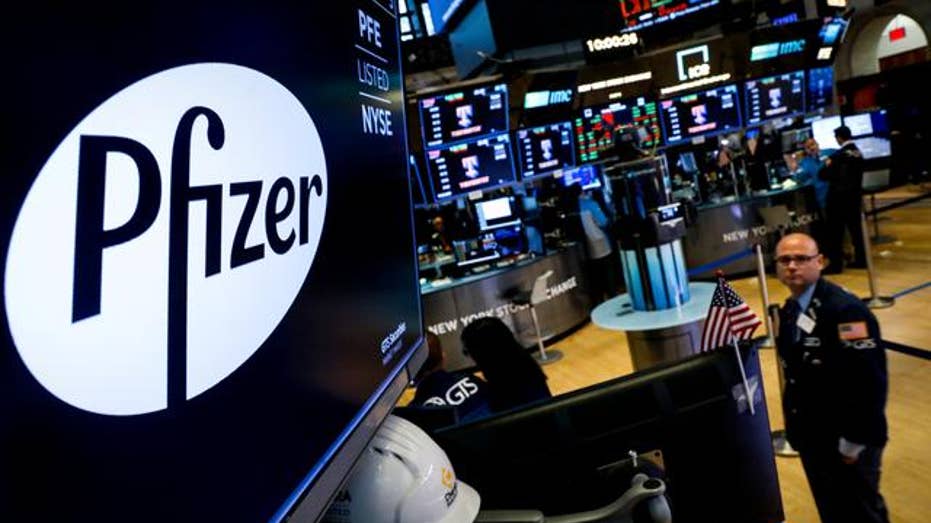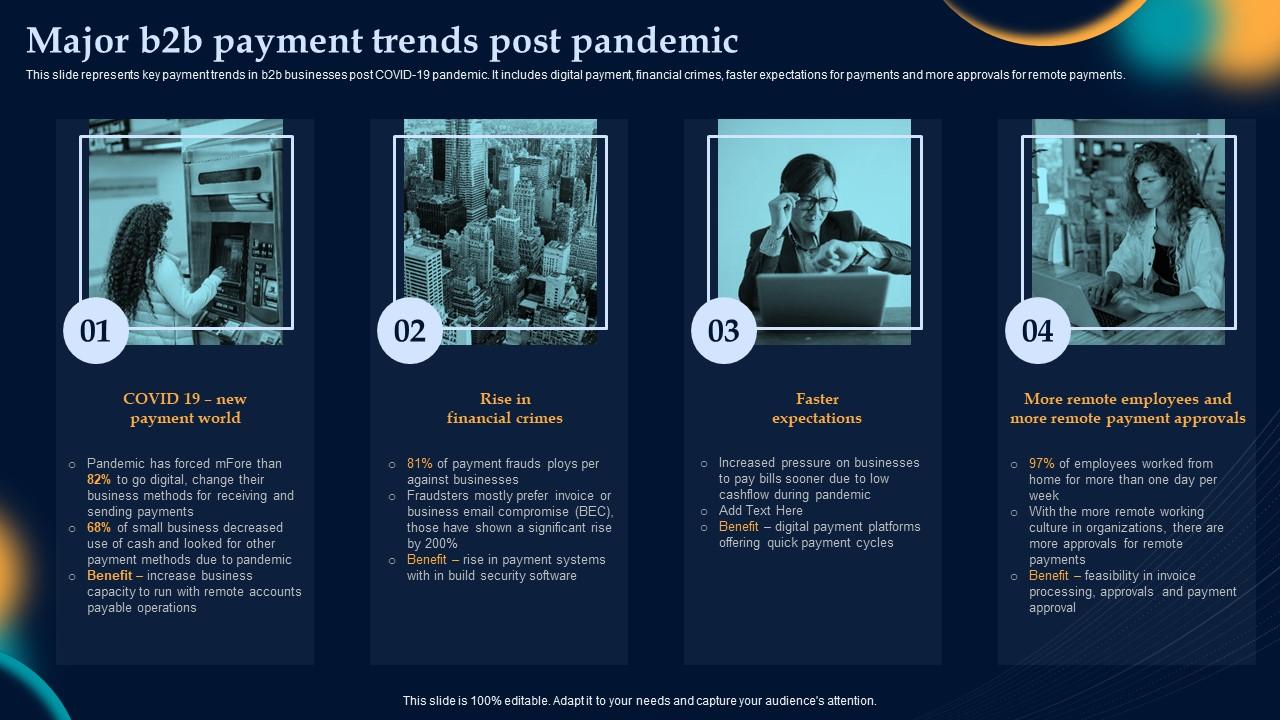Trump's Drug Pricing Executive Order: What It Means For Consumers

Table of Contents
Key Provisions of the Trump Drug Pricing Executive Order
The Trump administration's executive order on drug pricing wasn't a single, sweeping reform, but rather a multifaceted approach focusing on several key areas. Understanding these provisions is crucial to assessing its overall effect.
International Price Indexing
A significant aspect of the executive order explored linking domestic drug prices to those in other developed countries. The idea was that by referencing lower prices found internationally (e.g., Canada, the UK, Germany), the government could leverage this data to negotiate lower prices for medications within the United States.
- Comparison of drug prices: Studies consistently show that drug prices in the US are significantly higher than in many other developed nations. This disparity formed the basis for the proposed international price indexing.
- Potential benefits: Lower drug costs, particularly for government programs like Medicare and Medicaid, were a projected outcome. This could translate to substantial savings for taxpayers and millions of beneficiaries.
- Potential drawbacks: The pharmaceutical industry argued that such a system could stifle innovation. Lower prices, they claimed, would reduce their ability to invest in research and development of new and life-saving drugs. There were concerns about reduced drug availability and potential impacts on the global pharmaceutical market.
- Legal challenges: The legality and practicality of implementing international price indexing faced considerable legal challenges and significant pushback from pharmaceutical companies.
Transparency Measures
Increased transparency regarding drug pricing practices was another major component. The order aimed to shed light on the often opaque world of drug pricing and rebates.
- Data disclosure requirements: Drug manufacturers were required to disclose their list prices and the rebates they provide to pharmacy benefit managers (PBMs) and other intermediaries.
- Improved data availability: This increased transparency aimed to provide better data for price comparisons, allowing consumers, insurers, and government agencies to make more informed decisions.
- Negotiation power: Enhanced transparency was expected to improve the negotiation power of insurers and PBMs, potentially leading to better deals for consumers.
Addressing Rebates and Discounts
The executive order focused heavily on how rebates and discounts are structured and applied in the current system. A key concern was that rebates paid by manufacturers to PBMs often didn't translate into lower prices for consumers.
- Rebates not passed on: The existing system frequently saw PBMs receiving substantial rebates without passing on a significant portion of those savings to patients at the pharmacy counter.
- Direct patient benefit: The order sought to explore ways to ensure patients directly benefited from discounts and rebates, aligning incentives and promoting fairer pricing.
- PBM profit margins: Changes to the rebate system had potential implications for the profit margins of PBMs, leading to industry concerns and debate about the overall impact on the drug pricing structure.
Impact on Consumers: Potential Savings and Accessibility
The Trump drug pricing executive order aimed to directly impact consumers’ wallets and access to medications.
Potential Savings
The potential savings for consumers under various scenarios were a key focus of the order.
- Estimated individual savings: While precise figures were difficult to project, estimates suggested varying degrees of savings for individuals based on their current prescription costs and the specific drugs they used.
- Impact on Medicare and Medicaid: The potential impact on beneficiaries of these government programs was significant, promising substantial cost reductions for millions.
- Out-of-pocket expenses: A reduction in out-of-pocket expenses was a primary goal, making prescription medications more affordable for those most vulnerable to high drug costs.
Accessibility and Availability
However, potential savings had to be balanced against concerns about drug access and availability.
- Impact on pharmaceutical innovation: Reduced profit margins due to price controls could theoretically affect the incentive for pharmaceutical companies to invest in research and development of new drugs.
- Drug shortages: There was a risk of drug shortages or even the withdrawal of certain medications from the market if manufacturers deemed the prices unsustainable.
- Balancing cost and access: The central challenge was to balance the goal of lower costs with the need to maintain access to essential medications and ensure continued pharmaceutical innovation.
Long-Term Effects and Ongoing Debates
The debate surrounding drug pricing is complex and ongoing, extending far beyond the scope of a single executive order.
The Ongoing Fight Over Drug Prices
The battle over drug prices continues to be a major political and economic issue.
- Government price controls: Arguments for and against government price controls remain fiercely contested, with differing viewpoints on the appropriate level of government intervention.
- Patent protection and research: The balance between patent protection, which incentivizes pharmaceutical innovation, and the need for affordable drugs is a constant point of contention.
- Industry lobbying: The influence of lobbying groups from the pharmaceutical industry on policy decisions remains a significant factor in the ongoing debate.
Alternative Approaches to Lowering Drug Costs
Beyond the specific measures in the executive order, various alternative strategies exist to control drug prices.
- Direct negotiation: The government could negotiate directly with pharmaceutical companies to secure lower prices for medications used in government programs.
- Biosimilars: Increased competition through the development and use of biosimilars (similar to biologics but less expensive) could help drive down prices.
- Government bulk purchasing: Leveraging the government's purchasing power to negotiate bulk discounts could significantly lower costs.
Conclusion: Understanding the Impact of Trump's Drug Pricing Executive Order
Trump's drug pricing executive order represented a significant attempt to tackle the high cost of prescription medications. While it contained provisions aimed at increasing transparency and potentially lowering prices, its ultimate impact on consumers remains a subject of ongoing debate. The potential benefits of reduced out-of-pocket expenses need to be carefully weighed against potential drawbacks such as reduced pharmaceutical innovation and drug availability. Understanding the complexities of this executive order and its implications is crucial for every consumer. Stay informed about updates on the implementation and effects of this order and advocate for policies that protect both access to affordable medication and the incentives for pharmaceutical innovation. Continue to research the effects of Trump's drug pricing executive order to stay informed about its long-term impact.

Featured Posts
-
 Pliants B2 B Payment Platform Receives 40 Million Boost In Series B Funding
May 13, 2025
Pliants B2 B Payment Platform Receives 40 Million Boost In Series B Funding
May 13, 2025 -
 Jannes Horn Von Hannover 96 Nach Braunschweig Ein Ungewoehnlicher Karriereweg
May 13, 2025
Jannes Horn Von Hannover 96 Nach Braunschweig Ein Ungewoehnlicher Karriereweg
May 13, 2025 -
 Nba Draft Lottery Predicting The Philadelphia Sixers Success
May 13, 2025
Nba Draft Lottery Predicting The Philadelphia Sixers Success
May 13, 2025 -
 Alarm An Braunschweiger Schule Kinder Evakuiert
May 13, 2025
Alarm An Braunschweiger Schule Kinder Evakuiert
May 13, 2025 -
 New Details Emerge Tory Lanezs Alleged Role In Megan Thee Stallion Deposition Interference
May 13, 2025
New Details Emerge Tory Lanezs Alleged Role In Megan Thee Stallion Deposition Interference
May 13, 2025
